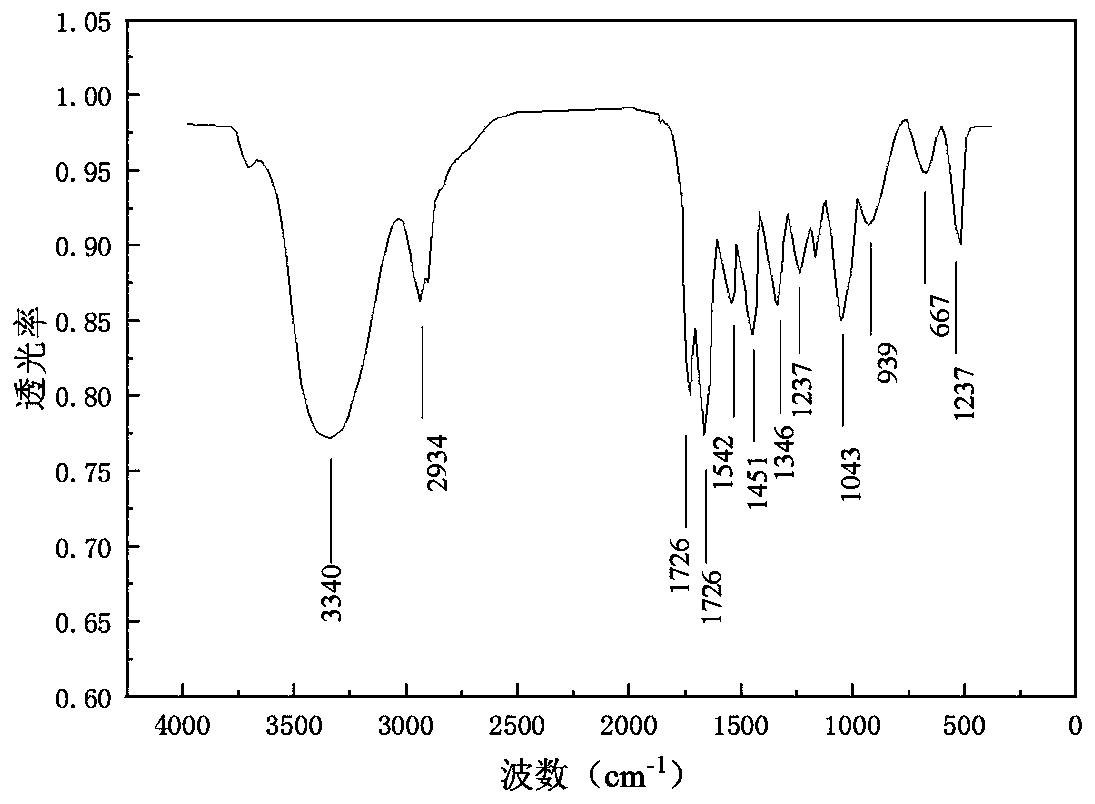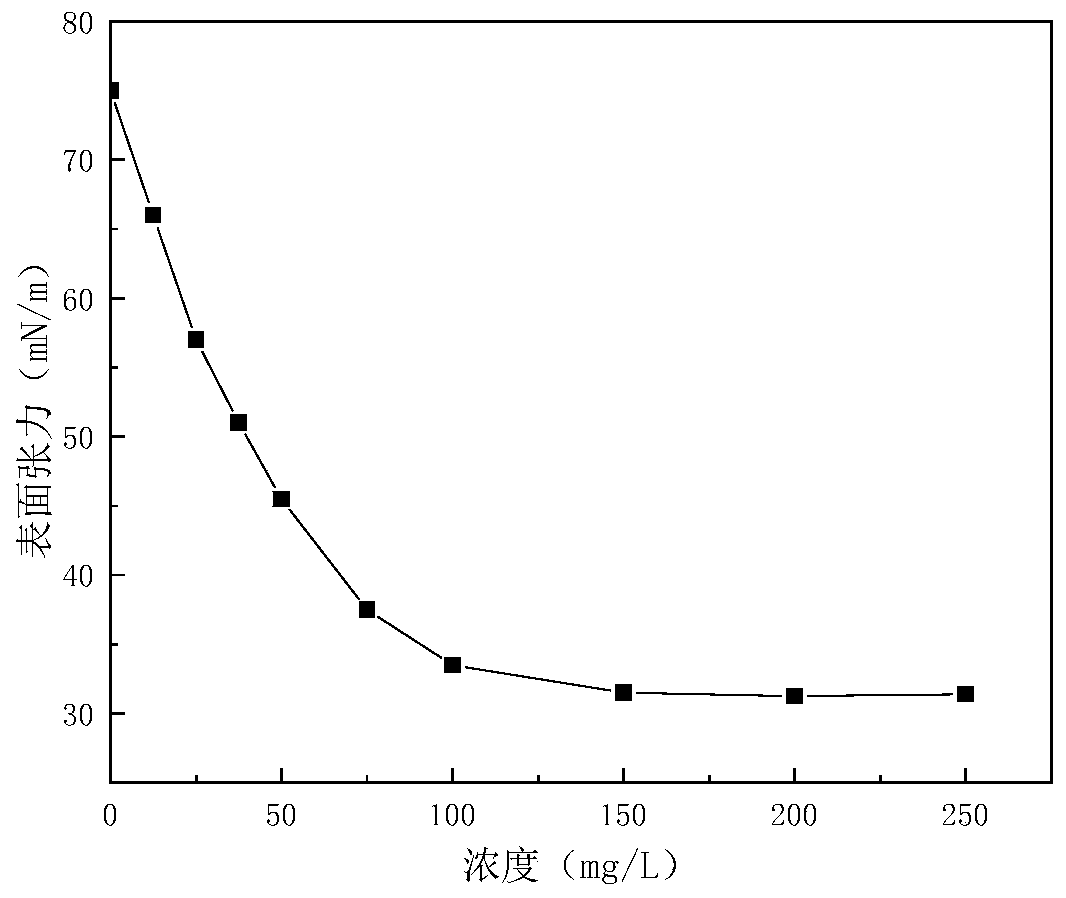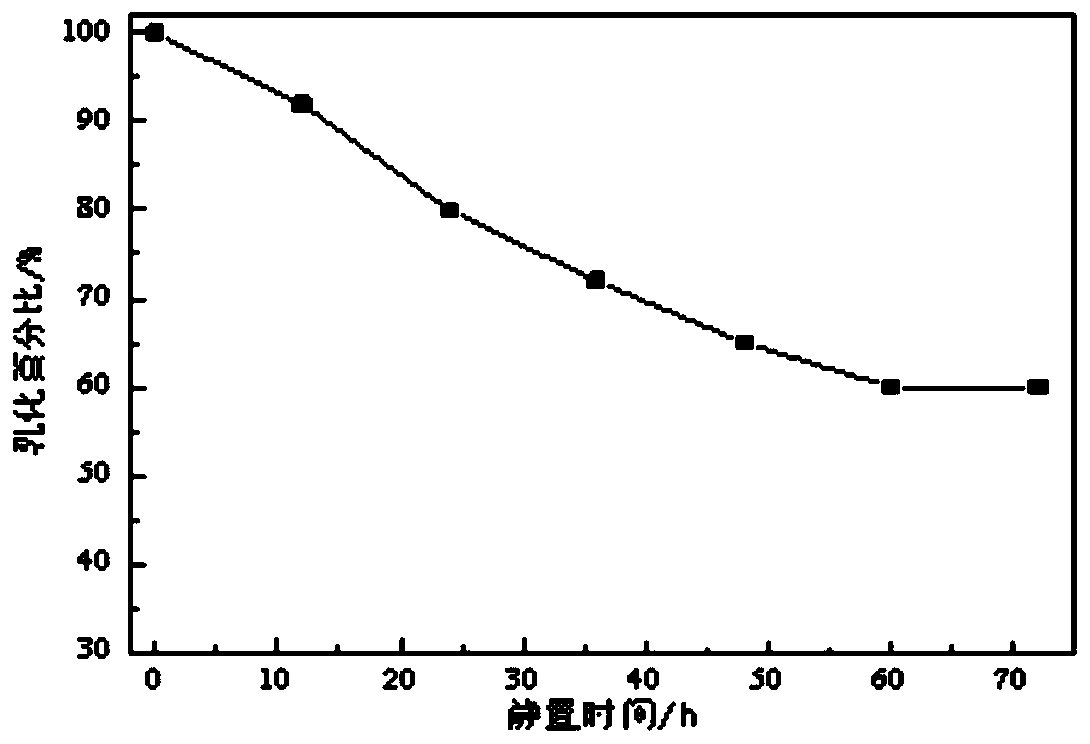Phenol-degrading bacterium strain capable of producing biological surfactant and application thereof
A technology of phenol-degrading bacteria and surfactants, applied in the field of phenol-degrading bacteria, can solve the problems of increasing the production cost of biosurfactants, harsh conditions of biosurfactants, strains that cannot adapt to the solution environment of phenols, etc., and achieve good degradation effect, strong emulsification, effect of promoting solubilization
- Summary
- Abstract
- Description
- Claims
- Application Information
AI Technical Summary
Problems solved by technology
Method used
Image
Examples
Embodiment 1
[0018] Acquisition and identification of strain (Pseudomonas plecoglossicida) BPH-3. The steps of acquisition and identification of bacterial strain (Pseudomonasplecoglossicida) BPH-3 are:
[0019] Step 1. Sample collection and enrichment culture
[0020] The bacteria source was obtained from the activated sludge in the biochemical tank of Wuhan Petrochemical Wastewater Treatment Plant.
[0021] Get 10ml of the activated sludge and place it in an inorganic salt medium with a paraffin concentration of 1vol%, shake it at a constant temperature in a shaker at 150r / min and 30°C, cultivate it for 48h, and then transfer it to a new medium with a paraffin concentration of 1vol%. In the inorganic salt medium, a culture solution was obtained.
[0022] The formula of described inorganic salt culture medium is: (NH 4 ) 2 SO 4 1g, KH 2 PO 4 1g, K 2 HPO 4 1g, NaCl, MgSO 4 2H 2 0 is 0.2g, FeSO 4 ·7H 2 O is 0.02g, anhydrous CaCl 2 0.02g, H 2 O is 1L. The pH value of the mediu...
Embodiment 2
[0030] Effect of initial concentration of phenol on the degradation performance of strain (Pseudomonas plecoglossicida) BPH-3. The bacterial strain (Pseudomonas plecoglossicida) BPH-3 was inoculated into the inorganic salt medium with the initial concentration of phenol being 200, 400, 600, 800, 1000, 1100 mg / L respectively; After culturing in the bed for 12 hours, the effect of the initial concentration of phenol on the degradation performance of strain (Pseudomonas plecoglossicida) BPH-3 was determined. The results are shown in Table 1.
[0031]Table 1 Effect of the initial concentration of phenol on the degradation performance of strain (Pseudomonas plecoglossicida) BPH-3
[0032]
[0033]
[0034] It can be seen from Table 1 that bacterial strain (Pseudomonas plecoglossicida) BPH-3 has a 100% degradation rate to an initial concentration of 200-600 mg / L within 12 hours, and a 100% degradation rate to a phenol initial concentration of 800 mg / L within 18 hours .
[0...
Embodiment 3
[0037] Effect of pH on the degradation of phenol by strain (Pseudomonas plecoglossicida) BPH-3. The bacterial strain (Pseudomonas plecoglossicida) BPH-3 was inoculated into the inorganic salt medium whose initial concentration of phenol was 600 mg / L, and the pH value of the inorganic salt medium was adjusted to 3, 4, 5, 6, 7, 8, 9, 10 and 11, cultivated in a constant temperature shaker at a temperature of 30° C. and a rotation speed of 130 r / min for 12 hours, and measured the influence of pH value on the degradation of phenol by strain (Pseudomonas plecoglossicida) BPH-3. The results are shown in Table 2.
[0038] Table 2 Effect of pH value on degradation of phenol by strain (Pseudomonas plecoglossicida) BPH-3
[0039] pH value
Degradation rate
3
1.35
4
7.49
5
57.94
6
99.45
7
100
8
99.15
9
69.99
10
45.79
11
2.27
[0040] It can be seen from Table 2 that when the pH value is 7, ...
PUM
| Property | Measurement | Unit |
|---|---|---|
| critical micelle concentration (mass) | aaaaa | aaaaa |
| surface tension | aaaaa | aaaaa |
Abstract
Description
Claims
Application Information
 Login to View More
Login to View More - R&D
- Intellectual Property
- Life Sciences
- Materials
- Tech Scout
- Unparalleled Data Quality
- Higher Quality Content
- 60% Fewer Hallucinations
Browse by: Latest US Patents, China's latest patents, Technical Efficacy Thesaurus, Application Domain, Technology Topic, Popular Technical Reports.
© 2025 PatSnap. All rights reserved.Legal|Privacy policy|Modern Slavery Act Transparency Statement|Sitemap|About US| Contact US: help@patsnap.com



